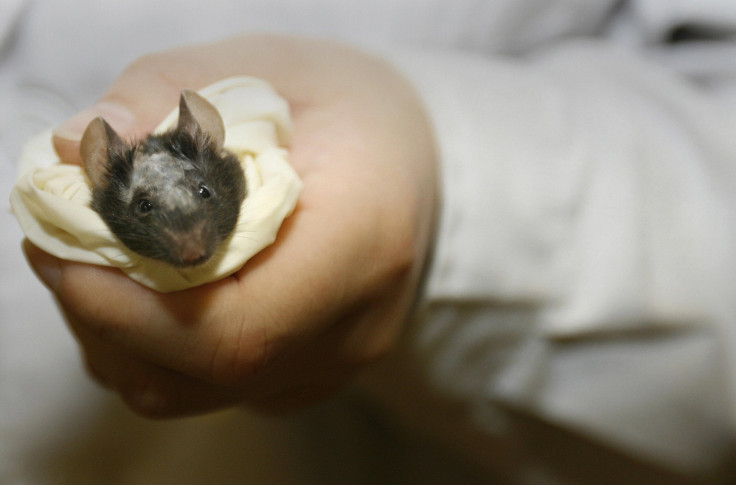Hair Loss, Wrinkles, Other Visible Symptoms Of Aging Reversed In Mice

Today, aging is one of the biggest concerns for humans. It cannot be stopped and brings along a range of problems, starting from grey hair and hair loss to wrinkles and life-threatening diseases.
Many teams across the globe are working to reverse the visible process of aging in humans, but the perfect answer to the problem is still far from being a reality. However, just recently, a team of researchers at the University of Alabama in Birmingham took a major step in that direction – they reversed loss of hair and wrinkles in mice.
The group, as a statement from the institute noted, made this happen after restoring the functioning of mitochondria, which creates 90 percent of the chemical energy used by cells to survive.

By definition, mitochondria are known as the powerhouse of the cells, but over the years, scientists have noted that its function declines as a person ages. This led many to think that there might be a link between the tiny cell organelles and the symptoms of aging such as hair loss, wrinkles, and more serious age-related diseases such as cancer, diabetes, and neurological disorders.
Prompted by the theory, the team decided to test the role of mitochondrial dysfunction in mice. For this, they introduced a genetic mutation in a mouse that led to a decline in the function of mitochondria, just like how it happens in aging humans, naturally.
Within the first four weeks of genetic alteration, the mice became lethargic. Its hair turned grey and started falling, which was followed by the appearance of wrinkles on the skin. Though the wrinkles resulting from mitochondrial decline were more severe in female subjects, the marks were pretty similar to those noted in intrinsic or natural aging or extrinsic aging, which occurs due to the impact of an external factor such as smoking or long sun exposure.
This effects in the mice were pretty similar to those noted in aging humans, be it intrinsic or extrinsic aging. However, when the team turned off the mutation (restoration of mitochondrial decline), it all started going back to normal and within a month, the same subjects had thick fur, smooth wrinkle-less skin, just like any other healthy mouse of the same age.
The work suggests that restoring the declining function of mitochondria could be the key to reversing hair loss, wrinkles and other effects of aging in the future.
"To our knowledge, this observation is unprecedented," Keshav Singh, one of the researchers involved in the work, said in the statement.
"This mouse model," Singh added, "should provide an unprecedented opportunity for the development of preventive and therapeutic drug development strategies to augment the mitochondrial functions for the treatment of aging-associated skin and hair pathology and other human diseases in which mitochondrial dysfunction plays a significant role."
The study titled, “Reversing wrinkled skin and hair loss in mice by restoring mitochondrial function” was published July 20 in the journal Nature.
© Copyright IBTimes 2024. All rights reserved.





















